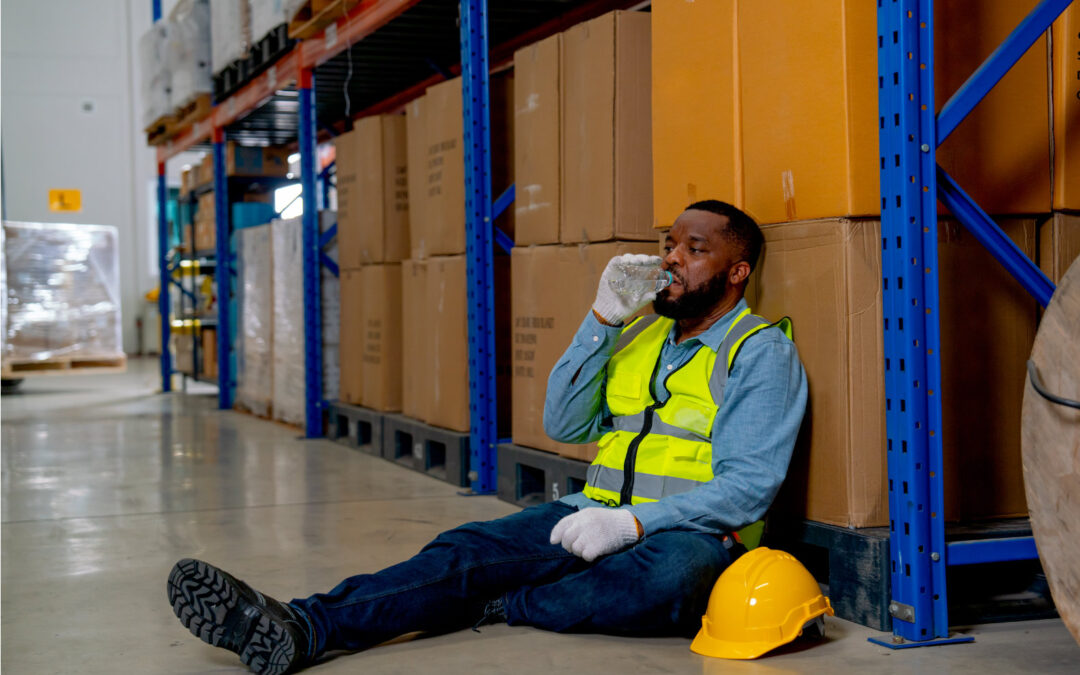Staying Safe in the Summer Heat: What Every Workplace Needs to Know
As temperatures rise, so do the risks associated with working in hot conditions. Whether you’re clocking in outdoors or inside a facility with limited cooling, heat exhaustion can sneak up quickly—and the consequences can be serious. The good news? With awareness, preparation, and the right response, it’s entirely preventable.
Recognizing the Warning Signs
Heat exhaustion develops when the body struggles to cool itself effectively. It’s more than just feeling a little warm. Left untreated, it can lead to heat stroke, a life-threatening condition.
Common signs include heavy sweating, fatigue, dizziness, nausea, and muscle cramps. Some individuals may also develop clammy skin, a racing heartbeat, or feel faint. These symptoms aren’t just uncomfortable—they signal that the body is under stress and needs immediate attention.
Prevention Starts with Preparation
Staying safe in hot environments requires planning, not just reaction. Encourage your team to build good habits: drink water regularly, take breaks in cool areas, and wear breathable, light-colored clothing. If the workspace gets stuffy or stagnant, increase airflow using fans or ventilation systems.
Importantly, heat tolerance builds over time. New or returning workers should be given time to acclimate gradually, rather than diving into full workloads in extreme heat.
Why First Aid Knowledge Matters
Even when precautions are followed, emergencies can happen. That’s why every team member must know how to respond. Basic first aid can be the difference between a minor incident and a medical emergency. Training should focus on fast, calm responses and clear communication in workplaces where heat exposure is a risk.
When heat exhaustion strikes, response time matters. Key steps include:
-
- Moving the person to a shaded or cool location
- Offering water or a sports drink—no caffeine or alcohol
- Using wet cloths or fans to help lower body temperature
- Loosening clothing to improve airflow
- Monitoring the person’s condition and calling for medical help if symptoms worsen
Creating a Culture of Safety
Preventing heat exhaustion is about more than hydration or clothing choices—it’s about fostering a workplace where people look out for each other. By encouraging awareness, offering regular training, and making safety part of your everyday culture, you create an environment where everyone can do their best work without putting their health at risk.
This summer, let’s keep safety top of mind. Stay cool. Stay hydrated. Stay prepared.
📚 Learn more:
https://www.webmd.com/fitness-exercise/heat-exhaustion
https://www.co.grand.co.us/DocumentCenter/View/555/Basic-First-Aid-Student-Handbook?bidId=
https://www.firstaidforfree.com/
https://www.verywellhealth.com/basic-first-aid-procedures-1298578

